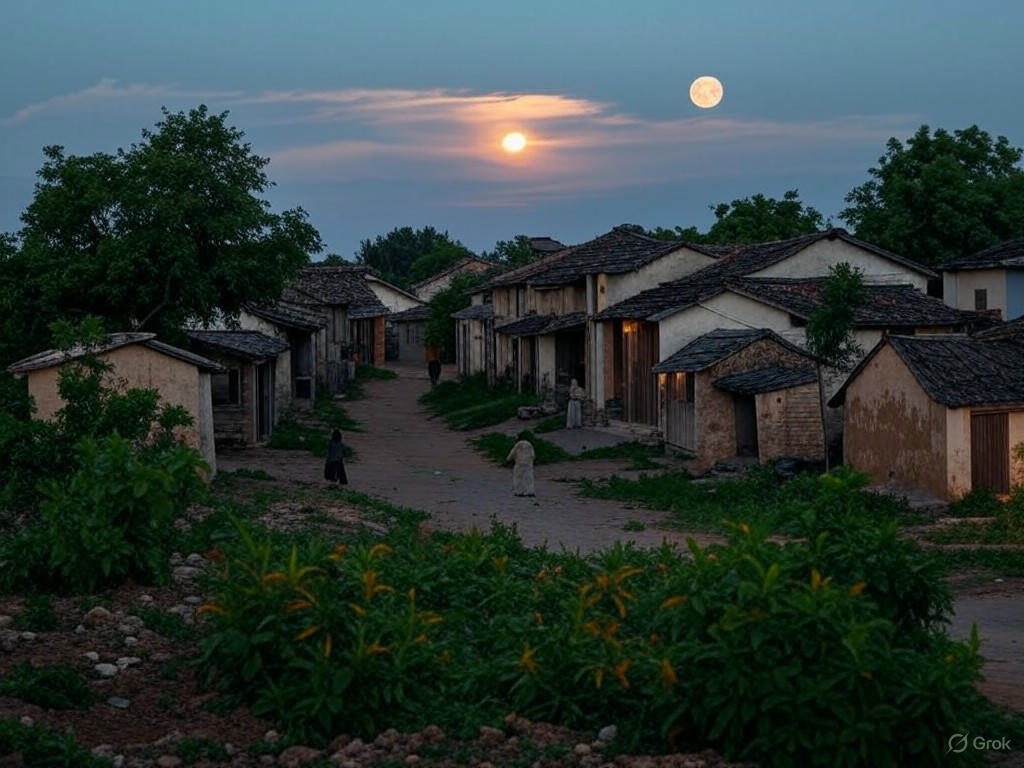Lunar Power Revolution: How a Tiny Nation is Harnessing the Moon for Energy
In an era where the race for sustainable energy solutions is heating up, a tiny archipelago in the North Atlantic has emerged as an unexpected frontrunner. The Faroe Islands, a self-governing territory of Denmark with a population of just over 50,000, has unveiled a pioneering technology that taps into the Moon’s gravitational pull to produce clean electricity. This remarkable innovation could redefine the future of renewable energy and inspire larger nations to think outside the box.
Nestled between Iceland and Norway, the Faroe Islands are known for their rugged landscapes and tight-knit communities. Despite their small size, the islanders have long embraced the power of nature, relying on wind and hydropower to meet much of their energy needs. However, their latest venture takes sustainability to a whole new level. By leveraging the tidal movements influenced by lunar gravity, engineers in the Faroes have developed a system of underwater turbines that convert the ebb and flow of the sea into a steady stream of electricity. This technology, rooted in the natural rhythm of the Earth-Moon relationship, offers a predictable and renewable energy source unlike solar or wind, which can be affected by weather conditions.
What makes this achievement even more impressive is the scale at which it was accomplished. With limited resources compared to global powerhouses like the United States or China, the Faroe Islands have demonstrated that innovation doesn’t require vast populations or endless funding. Local scientists and engineers collaborated with international marine technology experts to design and install these turbines in the island’s surrounding waters, where strong tidal currents provide an ideal testing ground. Early results are promising, with the system already contributing a small but significant portion of the nation’s energy grid. The project not only reduces reliance on fossil fuels but also positions the Faroes as a potential exporter of green technology know-how.
Beyond the immediate benefits, this lunar-inspired energy solution carries broader implications. It serves as a reminder that small communities can lead the way in addressing global challenges like climate change. The Faroe Islands’ success could pave the way for similar projects in coastal regions worldwide, where tidal forces are abundant. Moreover, it highlights the importance of looking to nature for answers—after all, the Moon has been shaping our planet’s tides for billions of years, and now humanity is finally tapping into that ancient power.
As the world watches this small nation make waves in the renewable energy sector, the Faroe Islands stand as a beacon of hope and ingenuity. Their lunar energy project is a testament to the idea that big ideas can come from the smallest places. With further development and international support, this technology might just illuminate a path toward a cleaner, more sustainable future for us all.


